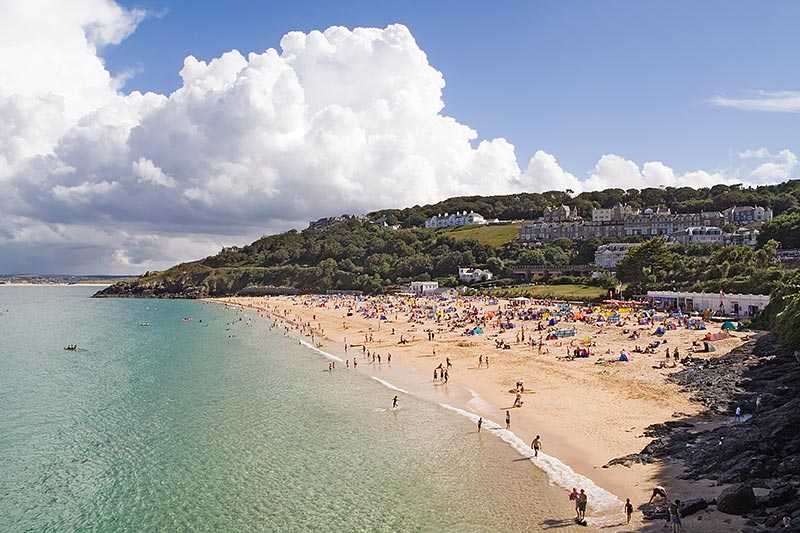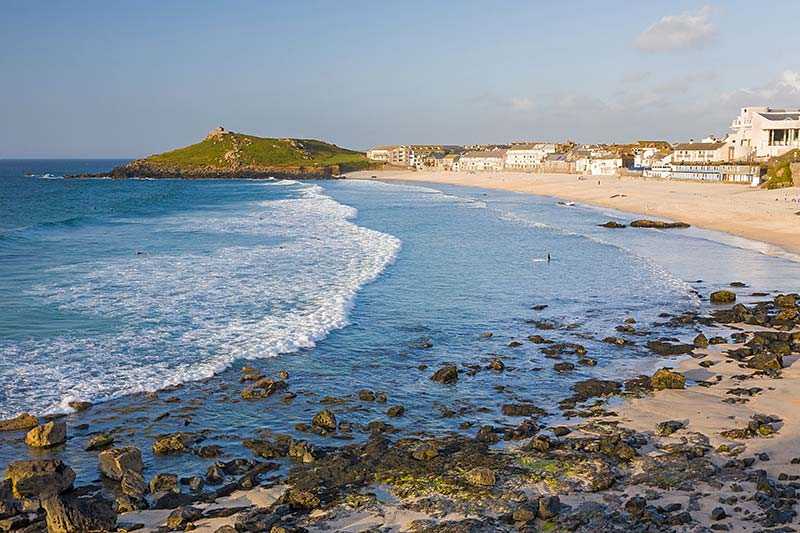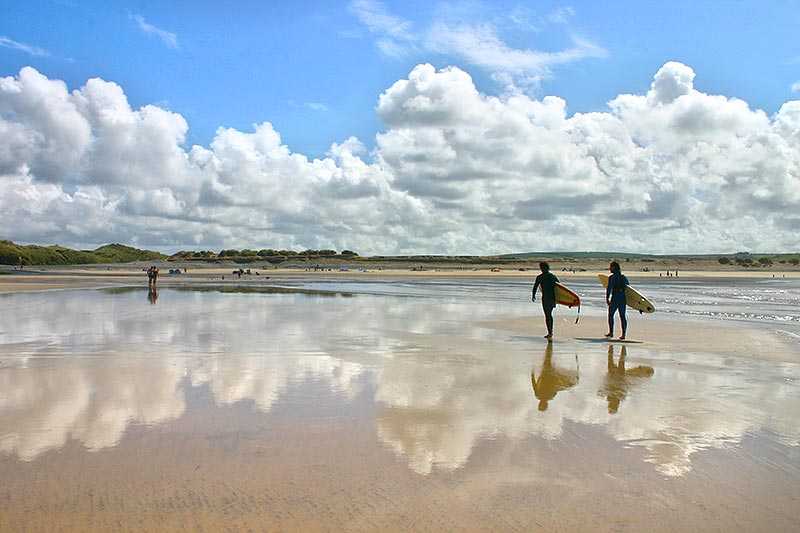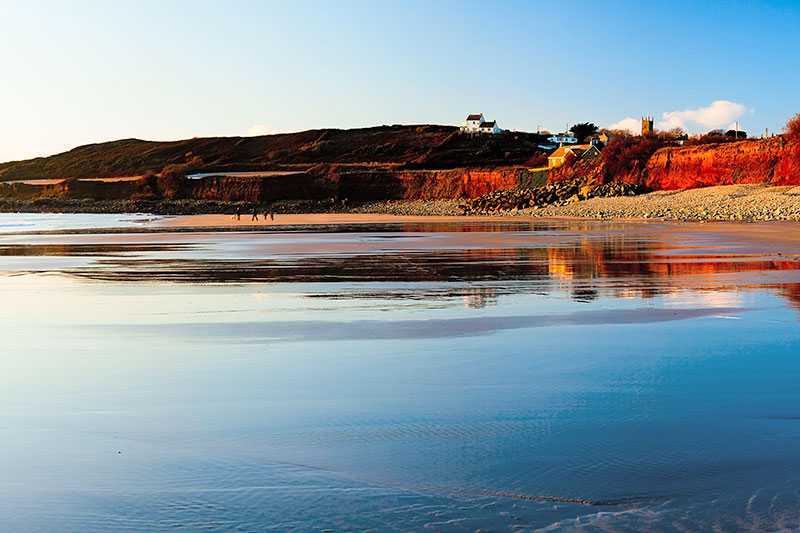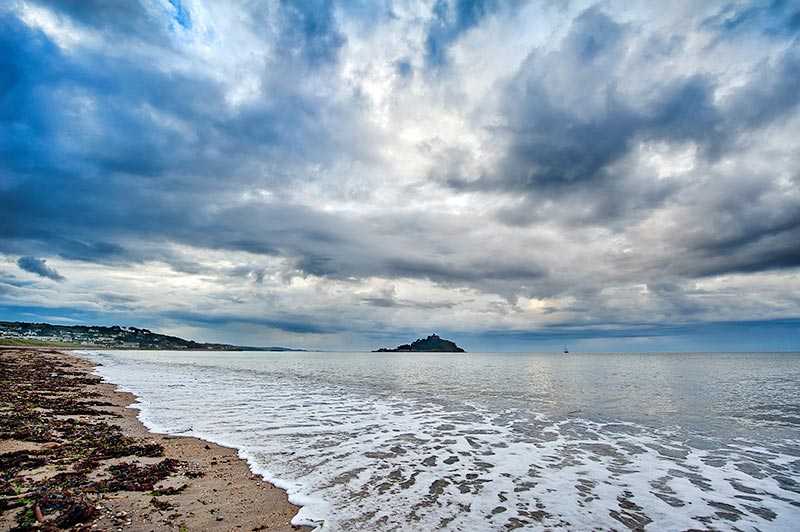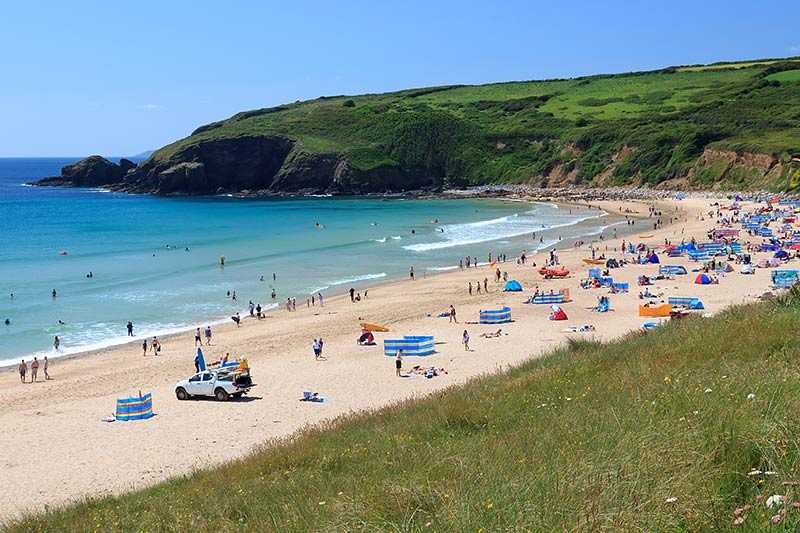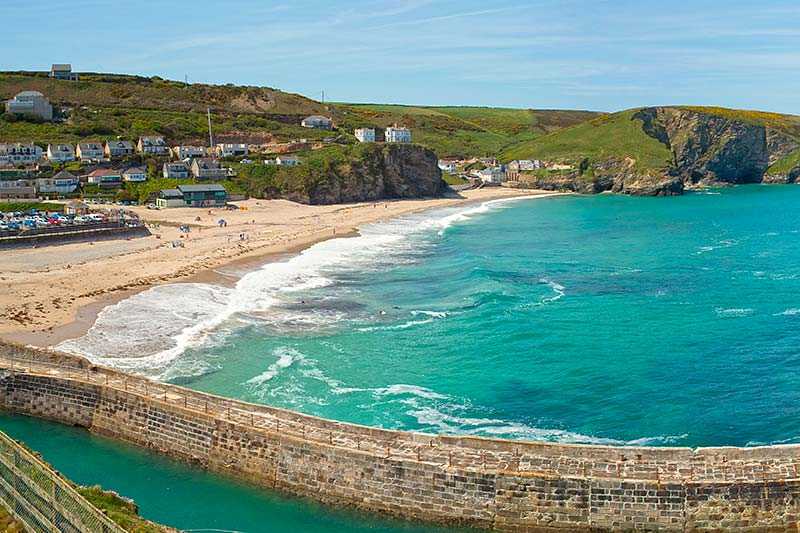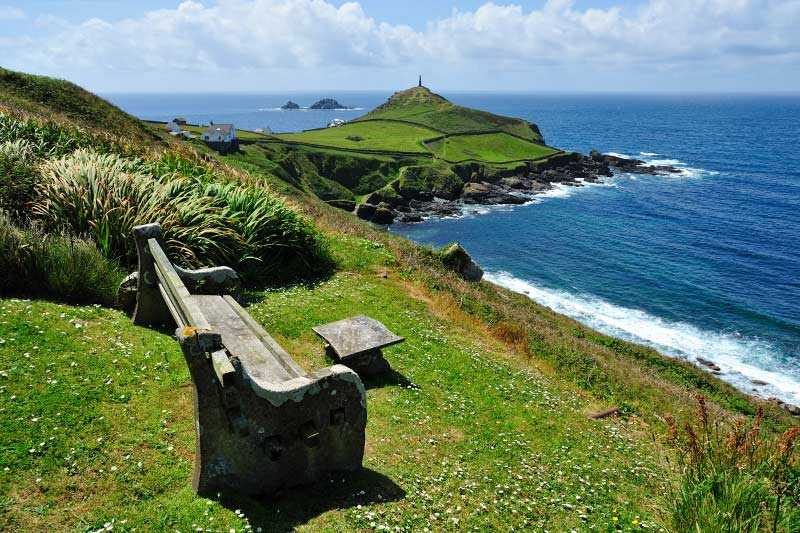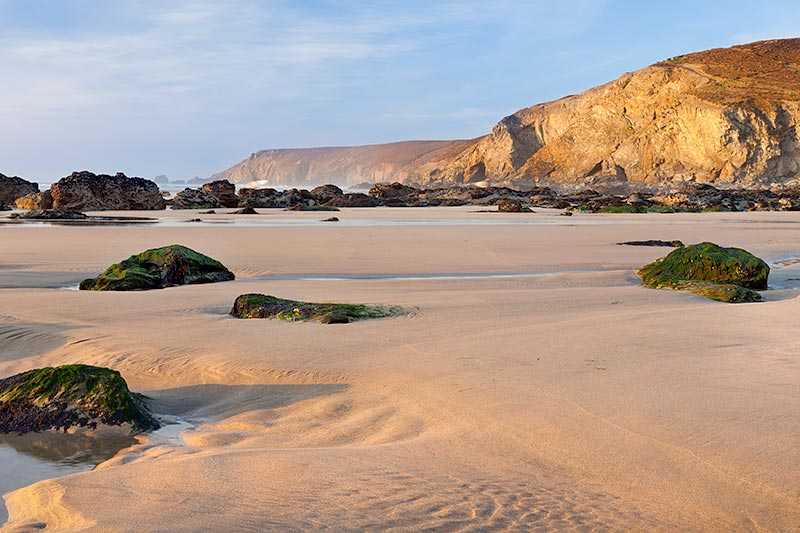Carbis Bay Beach
About Carbis Bay Beach
Carbis Bay is a part of the larger St. Ives Bay in Cornwall. It inherited its name when the Great Western Railway opened its St. Erth to St. Ives branch line in...
About Carbis Bay Beach
Carbis Bay is a part of the larger St. Ives Bay in Cornwall. It inherited its name when the Great Western Railway opened its St. Erth to St. Ives branch line in 1887. Silvanus Trevail built the Carbis Bay Hotel on the seafront soon after, in 1894, recognising the potential the railway had brought for encouraging tourism in the area. Other landmarks in Carbis...
Things to do near Carbis Bay Beach
Attractions near Carbis Bay Beach
Activities
About Carbis Bay Beach
About Carbis Bay Beach
Carbis Bay is a part of the larger St. Ives Bay in Cornwall. It inherited its name when the Great Western Railway opened its St. Erth to St. Ives branch line in 1887. Silvanus Trevail built the Carbis Bay Hotel on the seafront soon after, in 1894, recognising the potential the railway had brought for encouraging tourism in the area. Other landmarks in Carbis Bay include St. Anta and All Saints Parish Church, which holds a peal of ten bells, the largest in Cornwall of its type; and, standing behind the village, The Knill Monument – a 15.2 m (50 ft) memorial to John Knill, a mayor of St. Ives in the 18th century.
Activities
The beach itself is 1.6 km (1 mi) long and holds an European Community Blue Flag for water cleanliness and lifeguards during the summer months, so it’s an ideal location for paddling, swimming and surfing. The large tree-covered cliffs and aspect make sure it’s a sheltered, sandy beach. Accessibility is good with parking nearby as well as access by bus and train, and a ramp leading down to the beach makes it suitable for wheelchairs and buggies. At low tide, you can walk east to Porthkidney Sands, but do check tide times before setting out.
Beyond the beach, there’s a network of cliff footpaths, which as well as giving stunning coastal views also resonates with reminders of Cornwall’s tin mining past in the form of tunnels from the old Wheal Providence mine. These not only stretch inland, but also miles out to sea.
